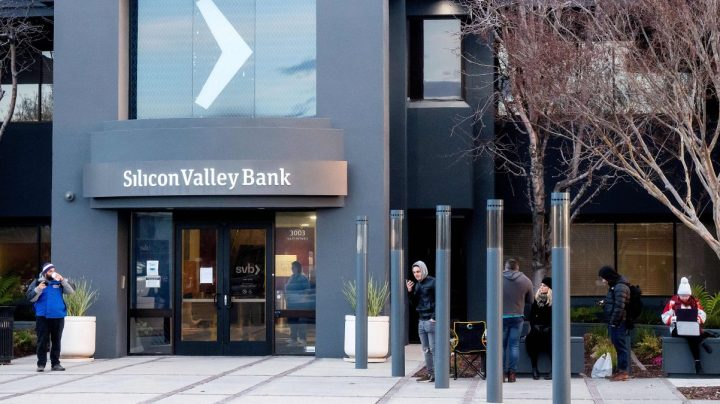
Why 2008 financial crisis regulations didn’t prevent the recent bank failures
Why 2008 financial crisis regulations didn’t prevent the recent bank failures

Jay Powell got a few questions on Wednesday about the report the Federal Reserve put out on Silicon Valley Bank and what went wrong regulating and supervising it.
Amid the 118 riveting pages on interest rate risk and enhanced prudential standards, you’ll find this sentence in a letter from Fed Vice Chair for Supervision Michael Barr: “More than a decade of banking system stability and strong performance by banks of all sizes may have led bankers to be overconfident and supervisors to be too accepting.”
So much banking regulation came out of the 2008 financial crisis — all that Dodd-Frank stuff, if you’ll recall — and for a good while it seemed it was working. So, three big bank failures later, what happened?
Columbia Law professor Kathryn Judge couldn’t wait for the Barr report release. For bank regulation nerds, it was kinda like when those Harry Potter fans used to sleep outside a Barnes and Noble before the latest book dropped. Judge says it was a good read, though “SVB and the Chamber of Regulatory Failure” felt a bit like a rerun.
“You keep hoping and thinking things are gonna change,” she said, “and then you look at what actually happens and the characters stay the same, and their character flaws remain as present as ever.”
It’s that cliche regulatory pendulum: a financial crisis, then regulation, then easing of the regulation, followed by another crisis.
After 2008, Congress and the Fed decided more banks needed stronger stress testing. Then a decade later, Congress and the Fed rolled back some of those rules.
“SVB was among the large regional banks that really should have been engaging in stress testing and wasn’t,” Judge said.
But banking regulation is also just hard because often you’re using the last financial crisis as a blueprint for the next one. “The Dodd-Frank Act targeted the range of specific problems that were the cause of the 2008 crisis — subprime mortgage and mortgage-related bonds,” said Saule Omarova, a professor at Cornell Law.
But not so much good old-fashioned Fed rate hikes and their impact on bank balance sheets.
It’s important to remember that most 2008-era regulations on bigger banks are still there and working, said Greg Feldberg at the Yale Program on Financial Stability.
“The capital that we have, even if it’s going to be rockier, in the banking system is much better than we had before the global financial crisis. So banks are better prepared,” he said.
Most banks are also just doing better risk management than Silicon Valley Bank was, Feldberg added — with or without regulators.
There’s a lot happening in the world. Through it all, Marketplace is here for you.
You rely on Marketplace to break down the world’s events and tell you how it affects you in a fact-based, approachable way. We rely on your financial support to keep making that possible.
Your donation today powers the independent journalism that you rely on. For just $5/month, you can help sustain Marketplace so we can keep reporting on the things that matter to you.


















